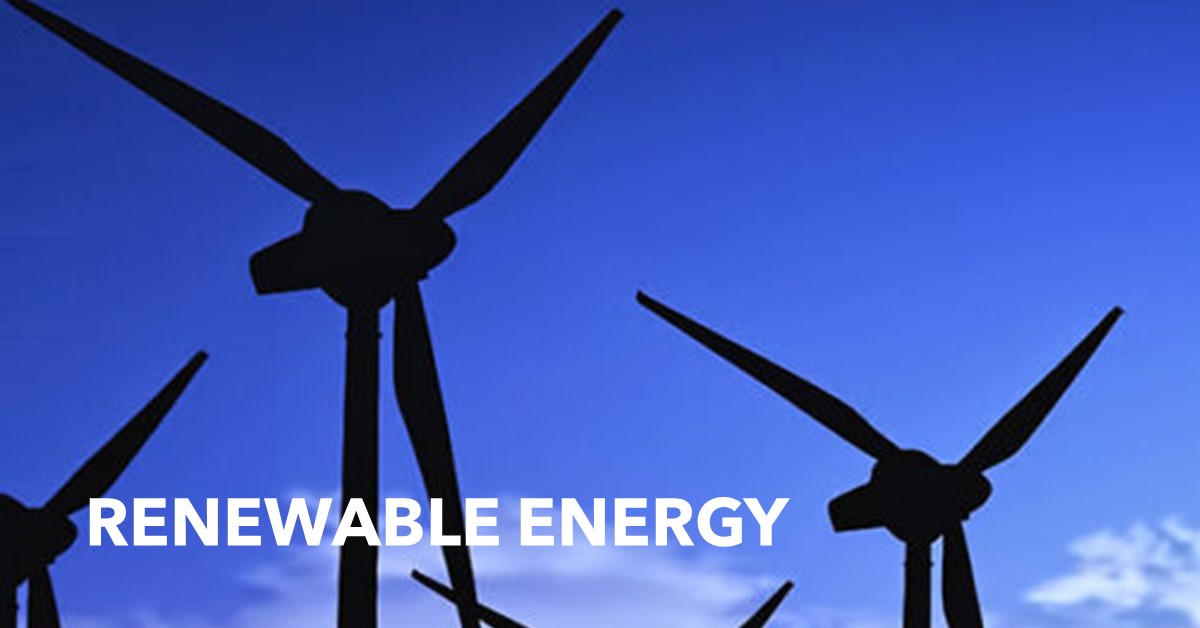PJM Interconnection Process Update | Generation Asset Monitor Blog
Earlier this month, PJM issued an update on its new process for studying New Service Requests from generators seeking Interconnection Service Agreements (ISAs) or Wholesale Market Participant Agreements (WMPAs). This new process was approved by the Federal Energy Regulatory Commission (FERC) on November 29, 2022, and was implemented to address the significant backlog of generation projects with queue positions awaiting ISAs or WMPAs.

